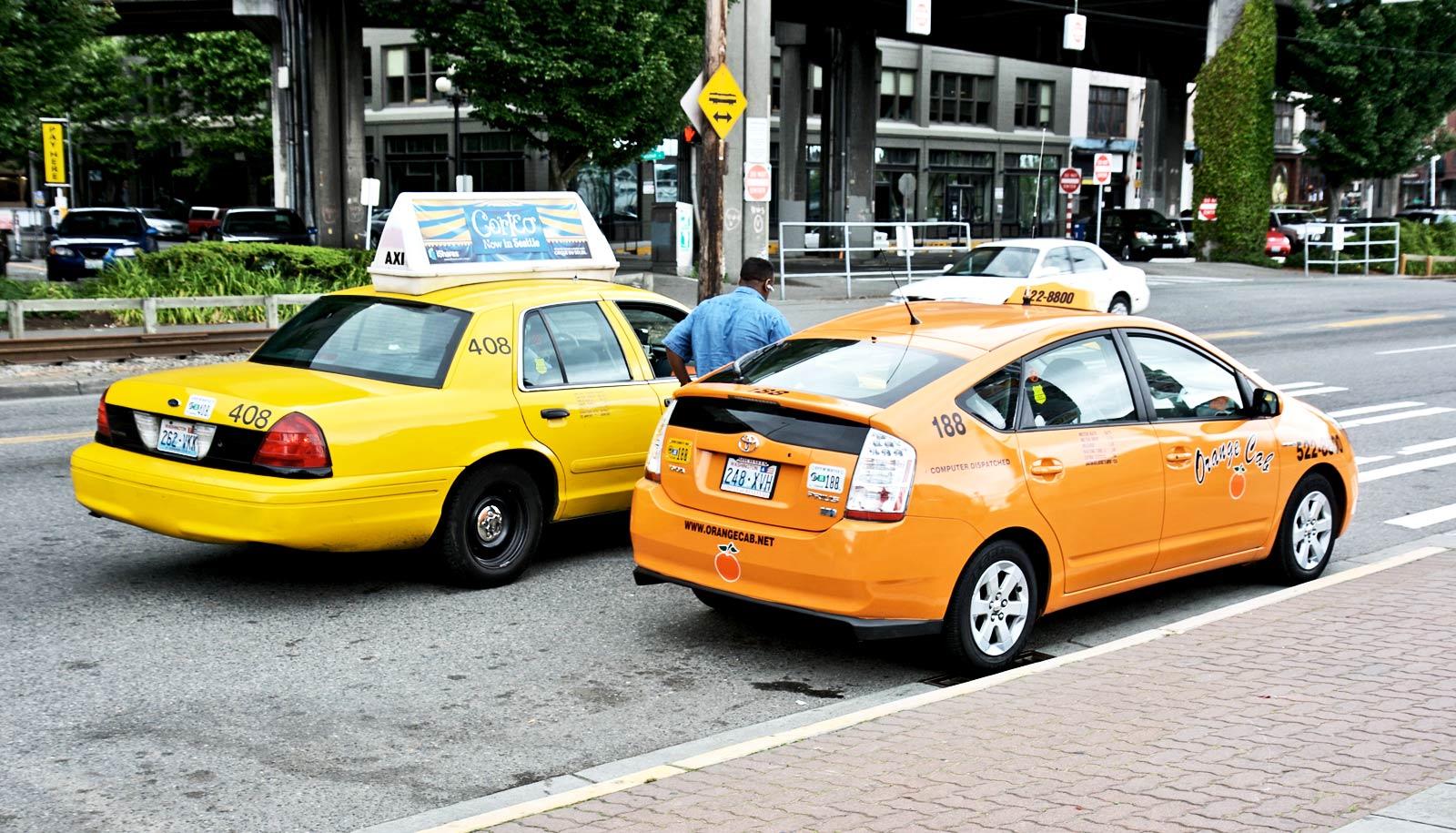When it comes to judging environmental friendliness, people learn to make quick decisions based on looks without even realizing it.
“The idea of products cueing things is not new,” says Erin MacDonald, a mechanical engineer at Stanford University. For example, sports cars look streamlined and sleek, which cues that they go fast, she says. Alternatively, people identify teardrop-shaped cars, such as the Toyota Prius, as being more environmentally friendly than square-shaped cars like the Jeep Wrangler.
MacDonald and Du wanted to know how easily people learn those decision-making cues, which can help designers create products that clearly convey non-visual attributes such as environmental friendliness. “As soon as people learn those cues, product designers can use them to trigger people to think about sustainability when they’re buying a product,” explains MacDonald, who worked with visiting researcher Ping Du on the work. Their findings appear in the Journal of Mechanical Design.
To test how people evaluate an object’s non-visual attributes, like environmental friendliness, the team created digital grayscale images of an electric bicycle and an electric space heater. They manipulated specific features for both, such as the pattern of the grill on the heater (zig-zag or crisscrossed, for example) or the handlebars on the bicycle (straight across or curved inward or upward). Or they manipulated the body shape, such as a circular or oblong heater, or a triangle or y-shape bicycle frame. Those features acted as design cues indicating that the product was either environmentally friendly, not environmentally friendly, or neutral.
Then the researchers showed the 79 participants 10 different images of both objects and asked them to judge whether or not each object was environmentally friendly, based only on the product’s appearance. The participants weren’t told anything about the design cues and were nearly always incorrect in guessing the product’s environmental friendliness. The researchers then gave the participants the correct answers to the product quiz, but never told the participants how these answers related to the products’ designs.
After a break, participants again judged the environmental friendliness of heaters and bicycles with various features and body shapes. But this time they got most of the answers right. In just one session, they’d learned how to pick out an environmentally friendly product based on body shape.
MacDonald says this finding supports the long-held theory that people build simple rules that they depend on to make decisions quickly. “The fact you can build a rule that fast means that’s totally what’s happening when people look at these products,” she says.
Food cues boost cravings but not enjoyment
This idea that people learn rules quickly and without even knowing it was confirmed when, after the final task, people revealed why they ranked some objects as being more environmentally friendly than others. The responses included things like how much material the product used, the aerodynamics, or its effectiveness.
But, says MacDonald, “Those reasons are absolutely wrong.” People came up with reasons, she says, because they weren’t aware they were just making quick, effortless decisions to save time. But that didn’t surprise the researchers: “It’s funny, we all do it,” MacDonald says.
Product labels like ‘fair trade’ mean less than you’d think
Designers are already aware that people judge objects based on looks, or visual cues. This new research shows that people can learn to identify those cues quickly and effectively. The next step is figuring out how designers can customize and change these cues.
“I would really love for sustainable product designers to spend more time thinking about this,” says MacDonald. Designers spend significant time and energy developing environmentally friendly products, she explains, so it’s to their advantage to understand how people make their purchase decisions.
“I’m always looking for ways to get shoppers into the right frame of mind so that they value, in their purchase decisions, the effort that engineers are putting into making sustainable products that are better for the world.”
Source: Stanford University



